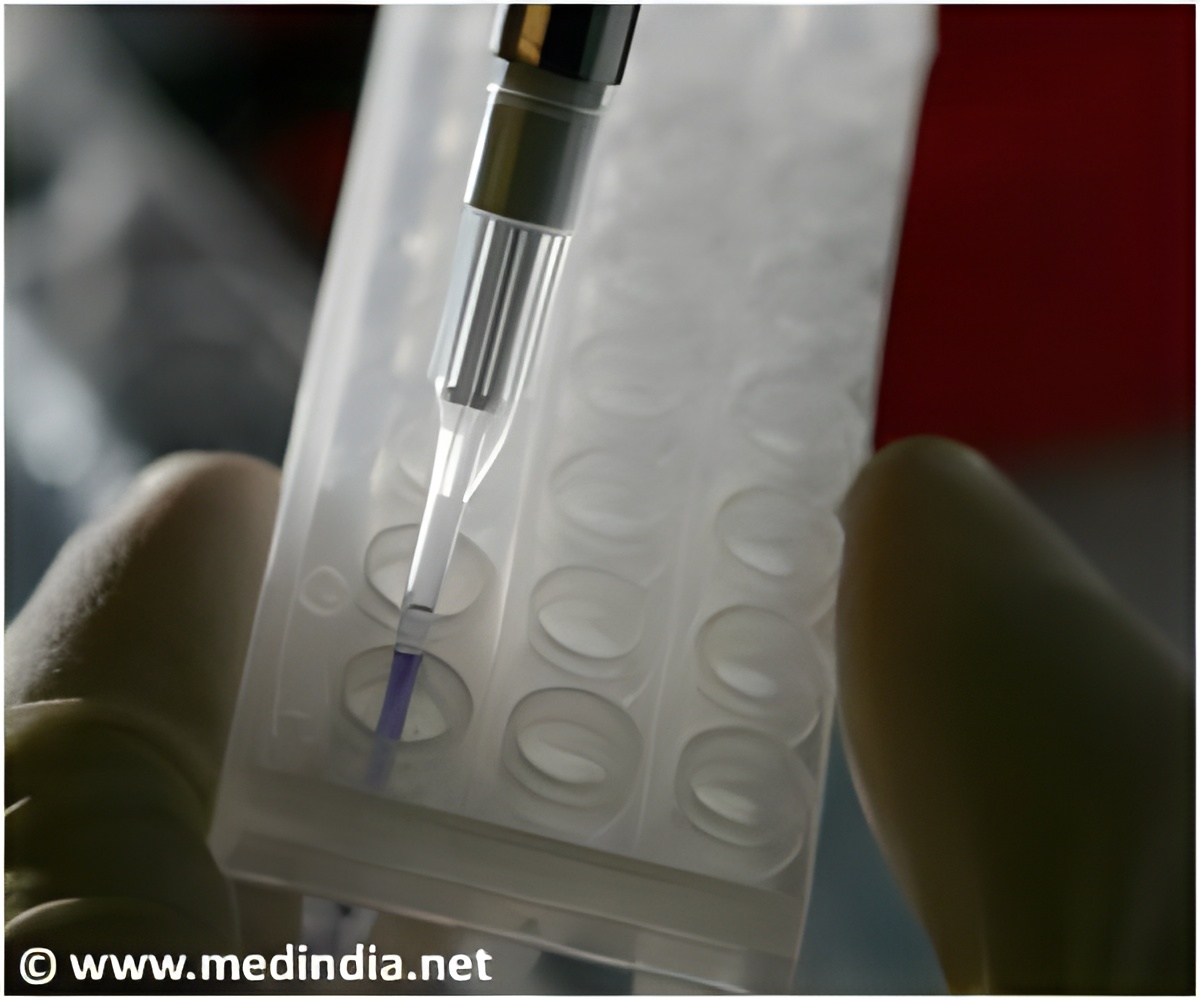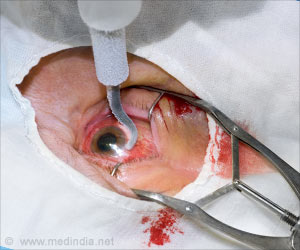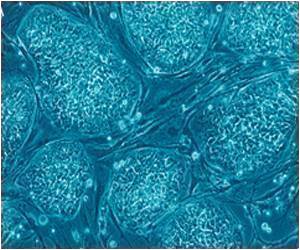
‘Liver disease is caused by many disorders and toxic agents, of which alcohol is the most common. However, the underlying cellular processes that cause widespread damage are not well defined.’
Tweet it Now
Healing Stomach Ulcers Through Stem Cell Transplantation The Development of Spasmolytic Polypeptide/TFF2-Expressing Metaplasia (SPEM) During Gastric Repair Is Absent in the Aged Stomach By Amy C. Engevik, et al. Ulcers of the stomach are more common as we age due to a variety of changes, including reduced ability to heal small injuries. Engevik and colleagues show that gastric stem cells isolated from young mice can be transplanted into sites of injury within the stomachs of older mice, and that this results in accelerated repair. The ability of the transplanted young mouse cells, but not stem cells from older mice, to differentiate into a specialized cell type, termed SPEM, which is central to the healing process, appears to be a central component of this. While more work must be done, it is clear that this approach, or other means of inducing older cells to differentiate into SPEM, would be powerful in treatment of gastric injury.
Rethinking the Role of the Gut Microbiome in IBD Microgeographic Proteomic Networks of the Human Colonic Mucosa and Their Association With Inflammatory Bowel Disease By Xiaoxiao Li, et al.
The intestinal microbiome has been the subject of intense scientific and lay interest over the past decade, and changes have been correlated with disease states. Most of this work has, however, relied on analyses of microbes within stool, which may not be representative of microbial populations that interface directly with the intestinal lining, i.e. mucosal surface. Further, characterization of stool microbes does not allow analysis of differences that may be present in separate regions of the intestine. Li and colleagues analyzed microbial proteins at the surface of six separate sites within the colon of healthy subjects and those with Crohn's disease or ulcerative colitis. The data show that microbial populations at mucosal surfaces are related, but distinct, in separate regions of the colon. This suggests that we must change our view of the microbiome as a soup in which all components are present in equal proportions at all sites to that of a mosaic composed of networks reflecting local mucosal ecology. Such understanding is essential as efforts to manipulate the microbiome for therapeutic purposes continue.
Hydrazine Shows Potential as Therapy for Acute Alcoholic Liver Disease Acrolein Is a Pathogenic Mediator of Alcoholic Liver Disease and the Scavenger Hydralazine Is Protective in Mice By Wei-Yang Chen, et al.
Advertisement
Source-Eurekalert














